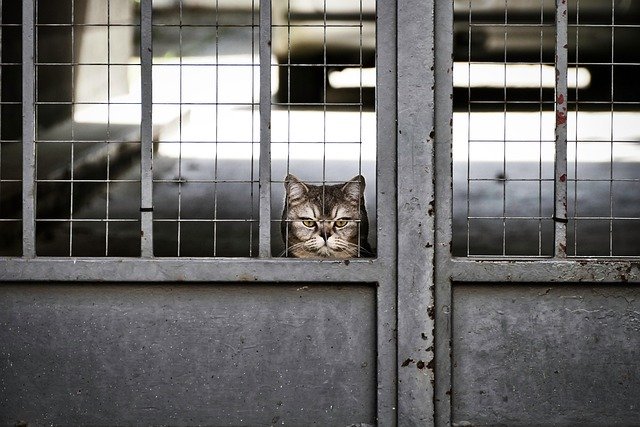Recognizing Stress Signals and Calming Techniques
Understanding how pets show stress helps owners, foster families, and shelter staff respond promptly. This overview highlights common signals across species and practical calming approaches that support adoption, rescue transitions, and ongoing wellness at home or in local services.

Pets communicate discomfort in subtle and overt ways; recognizing stress early can improve behavior outcomes and overall welfare. Watch for changes in appetite, restlessness, altered grooming patterns, avoidance or clinginess, and shifts in mobility or activity levels. Whether a pet is coming from a shelter, a rescue, or a recent adoption, building predictable routines and addressing basic needs like nutrition, dental care, and safe social exposure reduces long-term anxiety and helps integration into new households.
This article is for informational purposes only and should not be considered medical advice. Please consult a qualified healthcare professional for personalized guidance and treatment.
What behavior signals indicate stress?
Behavioral signs often vary by species but share common themes: increased hiding, excessive vocalization, pacing, changes in elimination, and aggression or withdrawal. Dogs may lick or pant more, cats may over-groom or hide, and small mammals can become more skittish or lethargic. In a shelter or rescue setting, stress responses may intensify; staff and adopters should observe baseline behavior before and after placement. Noting these patterns helps guide training plans and veterinary checks for underlying causes like dental pain or mobility issues.
How can training reduce stress?
Positive, predictable training reduces uncertainty and fosters trust. Short, reward-based sessions help pets learn coping strategies and reinforce desirable responses to common stressors, such as visitors, transport, or veterinary visits. Training paired with gradual desensitization and socialization supports shelter animals and those in daycare settings, improving their chances for successful adoption. For animals with severe behavior issues, working with a certified behaviorist ensures training aligns with welfare-focused techniques and does not inadvertently increase anxiety.
What enrichment helps alleviate anxiety?
Environmental enrichment provides mental stimulation that can counter boredom-driven stress. Puzzle feeders, scent games, and varied play sessions mimic natural foraging and exploration behaviors. Enrichment is valuable in homes, shelters, and daycare environments to reduce repetitive or destructive behaviors. Consider ecofriendly toys and rotation of resources to maintain novelty. Tailoring enrichment to the animal’s mobility and dental health—for instance, softer chews for dental sensitivity—supports comfort while promoting engagement and calmness.
How does nutrition affect stress?
Diet quality influences mood, immune function, and energy levels. Consistent meal schedules and balanced nutrition suited to life stage and mobility needs can stabilize routines for newly adopted or rescued pets. Certain diets formulated for digestive health or joint support may indirectly reduce stress by improving comfort during movement. Always discuss nutritional changes with a veterinarian, especially if a pet has dental issues or mobility limitations; sudden diet shifts can cause gastrointestinal upset and add stress.
How does grooming and mobility relate to calmness?
Regular grooming maintains skin and coat health and is an opportunity for gentle handling that can desensitize animals to touch. For pets with reduced mobility, adapted grooming and supportive bedding prevent discomfort that might present as irritability. Routine dental care prevents oral pain that often manifests as behavior changes. When grooming or mobility aids are needed, gradual introduction and positive reinforcement minimize fear. Local services and shelter staff can demonstrate handling techniques to adopters to maintain continuity of care.
How does wellness care like vaccination and microchipping help?
Wellness visits, vaccination, and microchipping are foundational to a pet’s long-term security and stress reduction. Preventive healthcare reduces the likelihood of painful illnesses and the anxiety associated with emergency visits. Microchipping and up-to-date records ease reunification stress if a pet becomes lost, and shelters commonly check microchips during intake. Discuss vaccination schedules and any mobility or dental concerns with your veterinarian to create a wellness plan that supports both physical health and emotional stability.
Recognizing stress signals and applying calming techniques requires observation, patience, and coordination between caregivers, local services, and veterinary professionals. Combining consistent training, appropriate nutrition, enrichment, grooming, and routine wellness care helps animals adjust to new environments, improves behavior, and supports successful adoption or long-term placement. Small, steady changes in the environment and handling often yield measurable improvements in a pet’s wellbeing.





